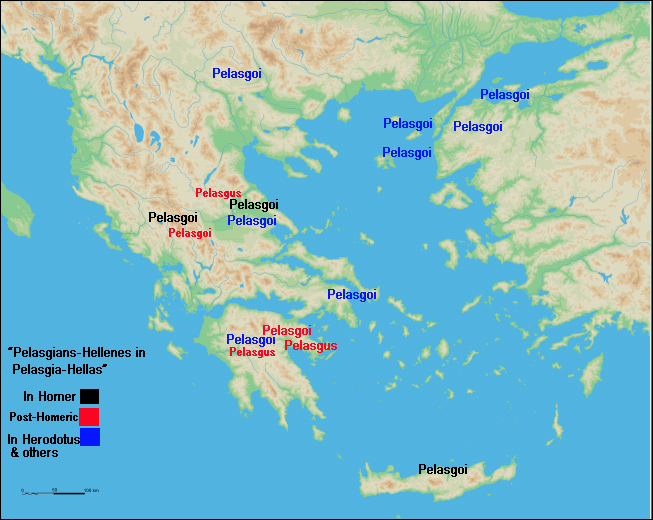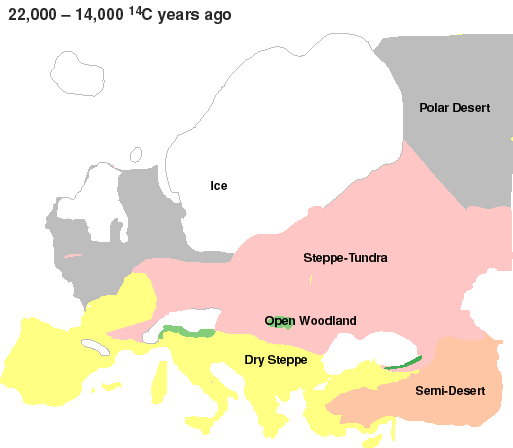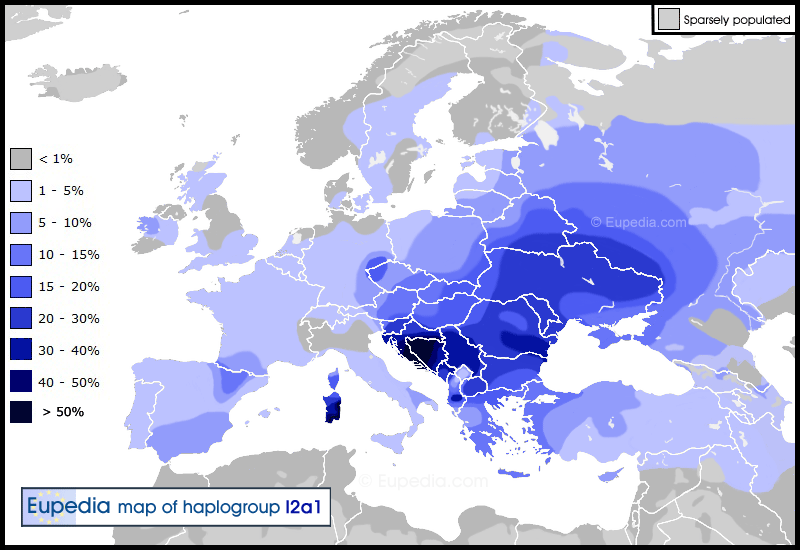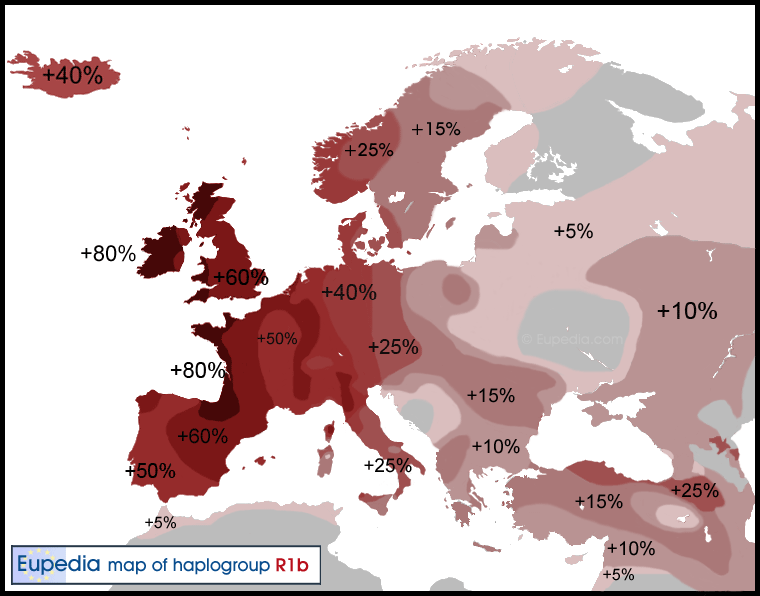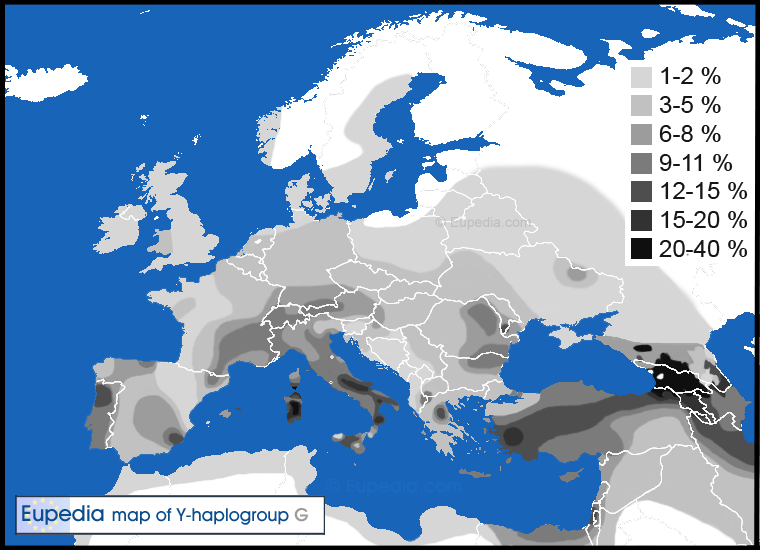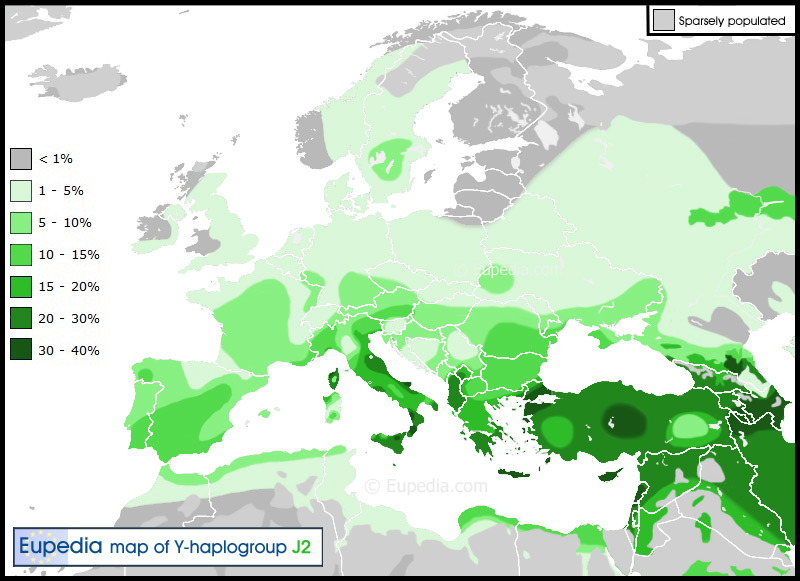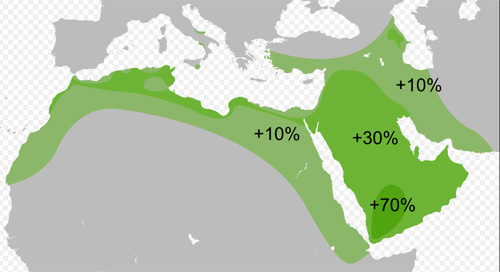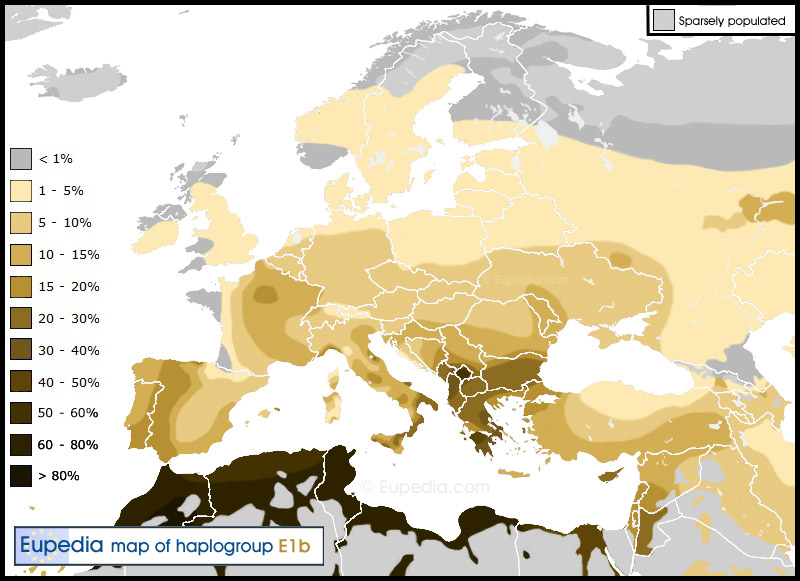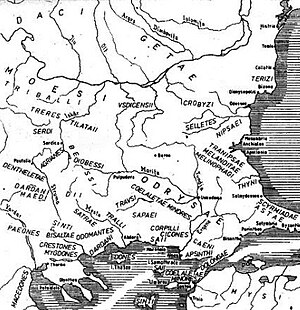The recent theory was the the eneti where cappodocians ( originally hittites) and the ones that moved to Amisus ( as stated by homer and founded the city of enete) followed their leader pylaemenes along with the Paphlagonians to Troy, and from there into thrace, then illyria and then the adriatic.
zanipolo, there are topics of Veneti...and you can also open new ones...let's not spam here....
btw. I expect reference for what you claim above...because according to story written down by Strabo Veneti were most notable of all Paphlagonians, now you claim they were not Paphlagonians...and you also insert Illyria whereas in Strabo's story Illyria is not mentioned and Veneti moved to Thrace and than to Adriatic... regarding you thinking that Venethi and Veneti are different tribal names, I am pretty convinced that it is same tribal name...it is another question what were the circumstances that led to those people having same tribal name... was it same genetic origin or not... I think it was.. R1a + I2a2...
now, back to Etruscans
father= apa
mother =ati
wife = puia
brother = ruva
http://books.google.nl/books?id=VWG...g=PA58#v=onepage&q=venetic vocabulary&f=false
fire = uerse
god(s) = aisar
monkey = arimos
king = lucumo
freedman = lautni
son = clan
daughter = sech
grandson = nefts, papals
grandfather = papa
grandmother = teta
children = husiur
parents/ancestors = ateri
dictator = purth
mirror = malena
June = aclus
I = mi
me = mini
you = un
for you = une
who/which = ipa
whoever = ipe ipa
stranger,client, slave = etera
bellow = hinth
gold = zamathi
city = spura
image = sren
year = avil
month = tiur
at first = thuni
again = etnam
now = thui
here = thui
until = epl, pul
also = etnam
writing/book = zich
Aristotle claims that Etruscans and Carthaginians are so close that they almost make one people....
http://books.google.nl/books?id=VWG...g=PA68#v=onepage&q=venetic vocabulary&f=false
On Greek island of Lemnos there are inscriptions from 6th century similar to Etruscan ones both in alphabet and vocabulary...
http://books.google.nl/books?id=VWG...g=PA61#v=onepage&q=venetic vocabulary&f=false
Lemnos is close to Lydia, Carthaginians or Phoenicans origin from southeast of Asia minor... thus languages/culture similar to Etruscan also origin from south of Asia minor...
Let'see who lived on Lemnos
For ancient Greeks, the island was sacred to Hephaestus, god of metallurgy, who— as he tells himself in Iliad I.590ff— fell on Lemnos when his father Zeus hurled him headlong out of Olympus. There, he was cared for by the Sinties, according to Iliad or by Thetis (Apollodorus, Bibliotheke I:3.5), and there with a Thracian nymph Cabiro (a daughter of Proteus) he fathered a tribe called the Kaberoi. Sacred initiatory rites dedicated to them were performed in the island.
Hephaestus' forge, which was located on Lemnos, as well as the name Aethaleia, sometimes applied to it, points to its volcanic character. It is said that fire occasionally blazed forth from Mosychlos, one of its mountains. The ancient geographer Pausanias relates that a small island called Chryse, off the Lemnian coast, was swallowed up by the sea. All volcanic action is now extinct.
The earliest inhabitants are said to have been a Thracian tribe, whom the Greeks called Sintians, "robbers". The name Lemnos is said by Hecataeus to have been applied in the form of a title to Cybele among the Thracians. The worship of Cybele was characteristic of Thrace, where it had spread from Asia Minor at a very early period. Hypsipyle and Myrina (the name of one of the chief towns) are Amazon names, which are always connected with Asiatic Cybele-worship.
According to the epitome of the Bibliotheke traditionally attributed to Apollodorus (Epitome I:9), when Dionysus found Ariadne abandoned on Naxos, he brought her to Lemnos and there fathered Thoas, Staphylus, Oenopion, and Peparethus. Pliny the Elder in his Natural History (xxxvi. 13) speaks of a remarkable labyrinth in Lemnos, which has not been identified in modern times.
According to a Hellenic legend, the women were all deserted by their husbands for Thracian women, and in revenge they murdered every man on the island. From this barbarous act, the expression Lemnian deeds became proverbial among the Hellenes. according to Apollonius of Rhodes' Argonautica the Argonauts landing soon after found only women in the island, ruled by Hypsipyle, daughter of the old king Thoas. From the Argonauts and the Lemnian women were descended the race called Minyans, whose king Euneus, son of Jason and Hypsipyle, sent wine and provisions to the Achaeans at Troy. According to later Greek historians, the Minyans were expelled by a Pelasgian tribe who came from Attica.
The historical element underlying these traditions is probably that the original Thracian people were gradually brought into communication with the Greeks as navigation began to unite the scattered islands of the Aegean; the Thracian inhabitants were technologically primitive in comparison with the Greek mariners.
In another legend, Philoctetes was left on Lemnos by the Greeks on their way to Troy; and there he suffered ten years' agony from his wounded foot, until Odysseus and Neoptolemus induced him to accompany them to Troy. According to Sophocles, he lived beside Mount Hermaeus, which Aeschylus makes one of the beacon points to flash the news of Troy's downfall home to Argos.
http://en.wikipedia.org/wiki/Lemnos
now, if the Albanian interpretation of inscriptionfro the start of the thread is correct, that would mean that the languages are practically the same... thus, most of the words bellow should exist in albanian as well.. I will add next to it serbo-croat and greek words...words are taken from google translate... so native Albanian and Greek speakers should react if they see etruscan word that has cognjate in their languages...
english - etruscan - albanian - greek - serbo-croat
father= apa = baba, ate = patéras = otac, tata
mother =ati = nënë, mëmë, burim = mi̱téra = majka, mama, mater, m
ati
wife = puia = grua,bashkëshorte, shoqe = gynaíka = žena, supruga
brother = ruva = vëlla, shok = adelfós = brat
fire = uerse = zjarr, pasion, fugë, ethe =pyrkagiás = vatra
god(s) = aisar = perëndi= theoí = bog/bogovi
monkey = arimos = majmun, çamarrok = maïmoú = majmun
king = lucumo = mbret, car = vasiliás = kralj, car
freeman = lautni = njeri i lirë, qytetar = eléf̱theros = slobodan
son = clan = e saj = tou = sin
daughter = sech = bijë, vajzë = kóri̱= (k)ćerka, kći
grandson = nefts, papals =
nip = engonós = unuk
grandfather = papa = gjysh, stërgjysh, babagjysh =
pappoús = deda
grandmother = teta = gjyshe = giagiá = baba, baka (
teta = older woman, aunt)
children = husiur = fëmijëve = paidiá = deca
parents/ancestors = ateri = prindërit/paraardhësit = goneís/Oi prógonoí = roditelji/ preci, oci
dictator = purth = diktator = diktátoras = diktator
mirror = malena = pasqyrë, shembull = kathrépti̱s = ogledalo
who/which = ipa = ke, cili, kush = o opoíos, i̱ opoía = ko, koga
whoever = ipe ipa = kush = opoiosdí̱pote = kogod (however =
ipak)
stranger/client/slave = etera = i huaj, i panjohuri/klient, blerës, myshteri/rob, skllav = xénos / peláti̱s /doúlos = stranac / klijent, mušterija / rob
bellow = hinth = më poshtë, pallje = parakáto̱ = ispod
gold = zamathi = ar, flori = chrysós = zlato
city = spura = qytet = póli̱ =grad
image = sren = imazh, figurë, shëmbëlltyrë = Eikóna = slika
year = avil = vit, vjet = étos = godina
month = tiur = muaj = mí̱na = mesec
again = etnam =përsëri, sërish, prapë= kai páli = opet
now = thui = tani, tash = tó̱ra = sad
here = thui = këtu = edó̱ = ovde,
tu, tuj
until = epl, pul = deri, gjer = méchri = do
also = etnam = gjithashtu, edhe = Epísi̱s = takodje, isto
writing/book = zich = shkrim, shënim, gramë/ libër, blok = graptó̱s/vivlío = pisanje/knjiga
to conclude, it is obvious that neither of the languages above has much to do with Etruscan... considering this, the idea that the etruscan text above has direct meaning in Albanian as proposed by some albanian scientist is not likely at all.. same text is by people studying Etruscan considered to have completely different meaning (legal contract and not story about a ghost in a cave)...


